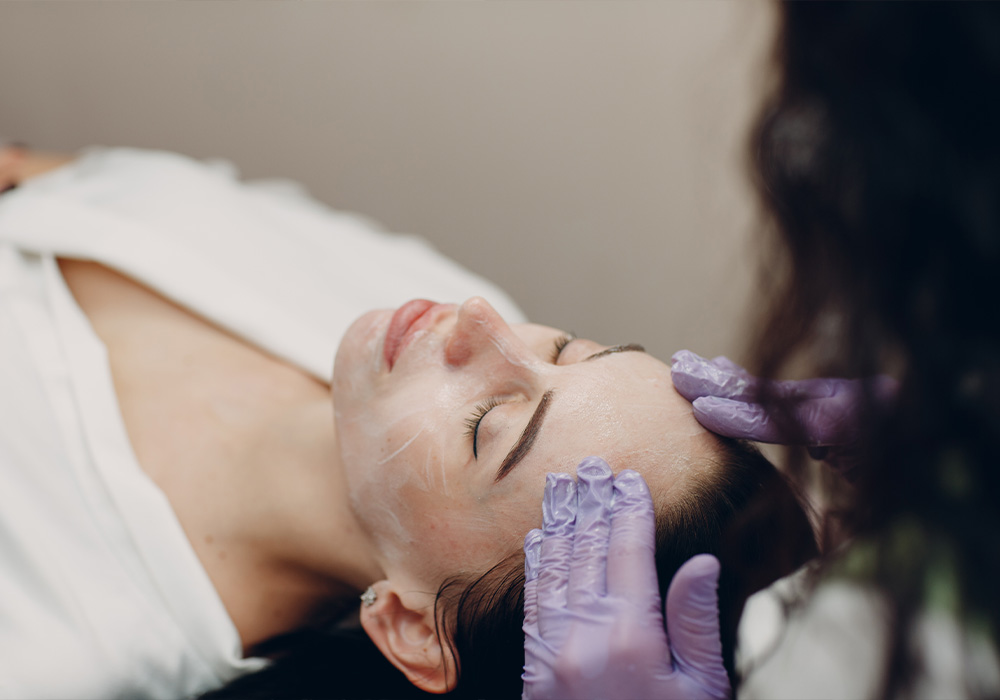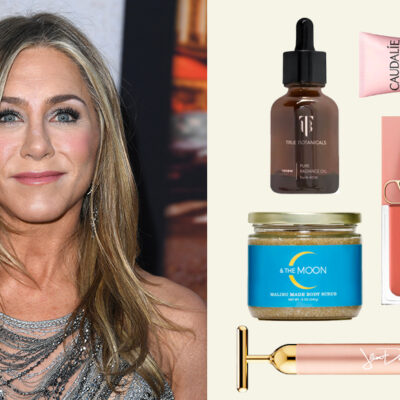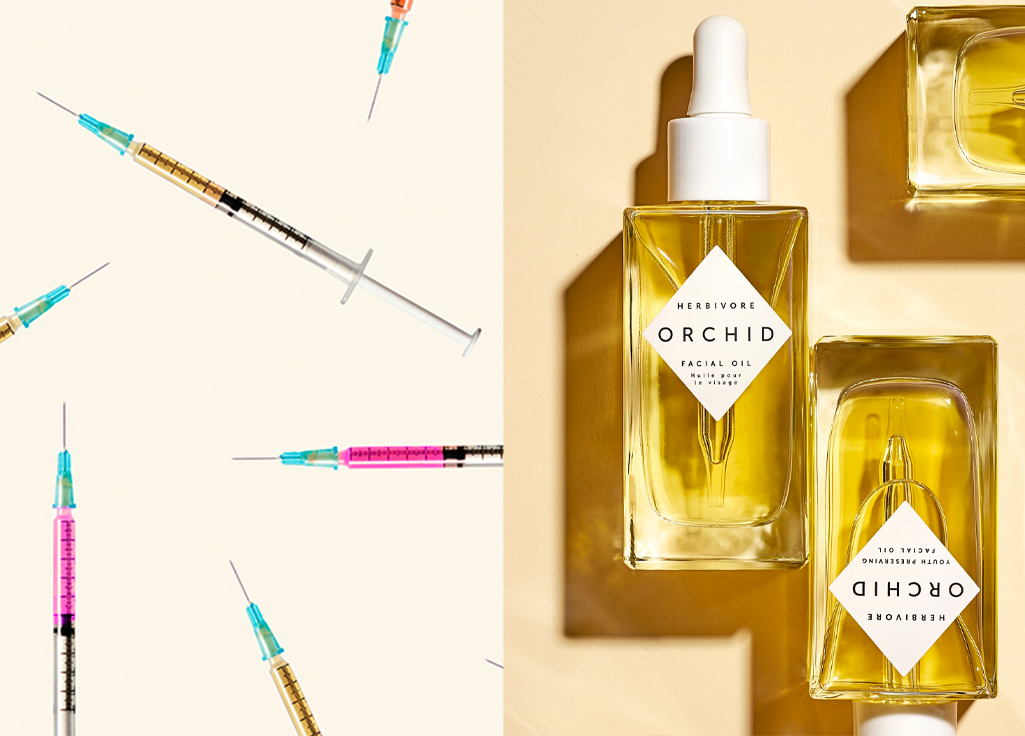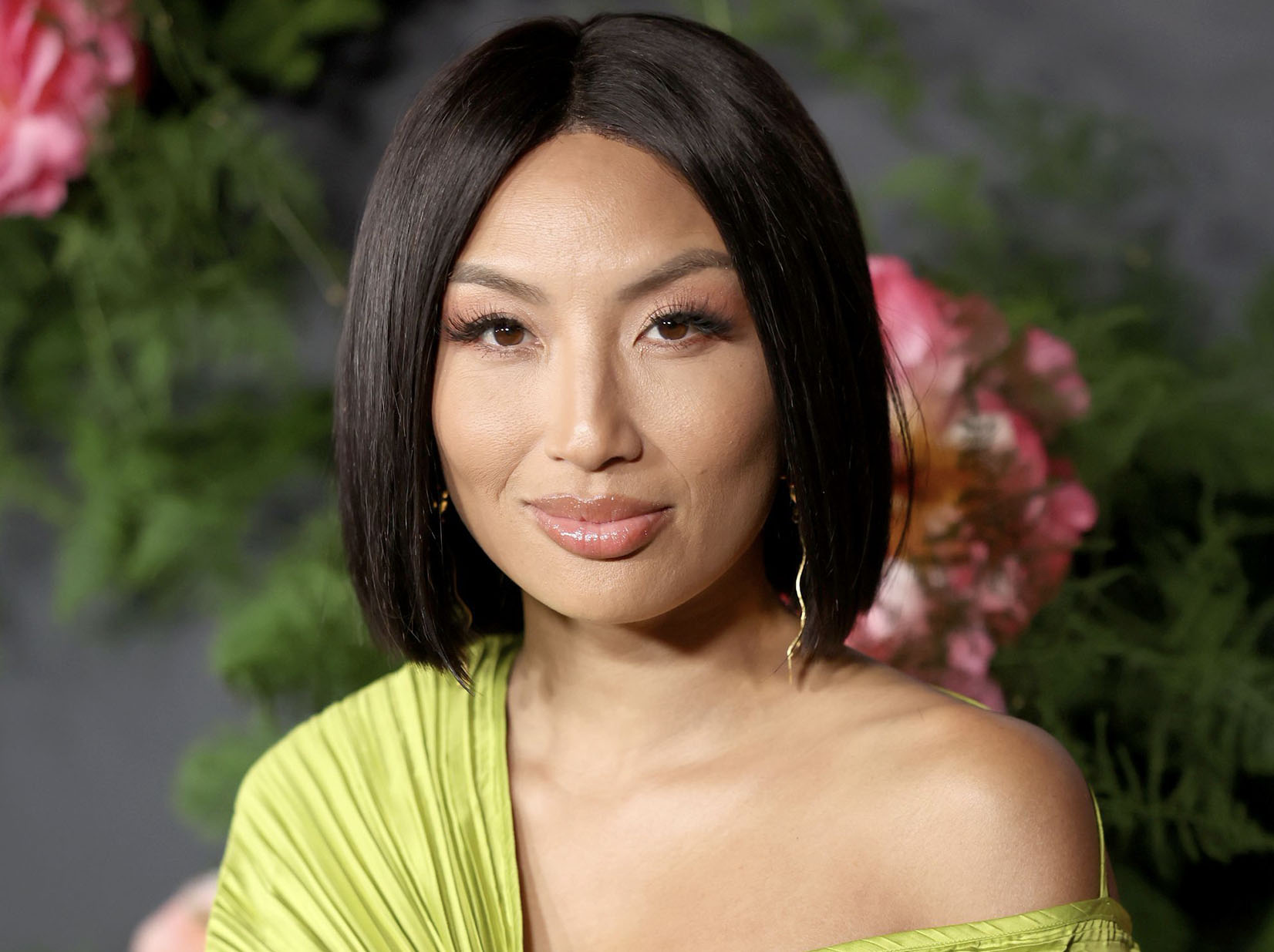For those of us struggling with dark circles or who want to address heavy lids or eyebags, there is hope. Louisville, KY plastic surgeon M. Bradley Calobrace, MD tells us what treatments produce the best results when it comes to periorbital rejuvenation.
The upper and lower eyelid make up the periorbital region of the face and contribute the most to how rested or tired we might look, even before we start showing signs of aging.
“The eyes age faster than the rest of the face,” Dr. Calobrace explains. “You can see some really significant eye changes really young. Many things we see in the eye are congenital, so we see young people that have aged looking eyes that they’ve had since their late teens or early twenties.”
For this reason, Dr. Calobrace will perform an eyelid surgery on younger patients, though he typically sees people in the early 40s. This is about a decade before he would typically perform a full face lift.
“Where we might wait for a facelift until someone is in their late 40s or 50s, we’ll do an eyelid surgery on someone as young as their early 20s,” he says. “We start to consider it for most patients in their early 40s because the eyes tend to age a little quicker than the rest of the face does.”
Eyelid treatments are broken down into a couple of categories:
Upper Eyelid
Patients who undergo upper eyelid surgery are correcting excess skin and fat that creates a hooding effect. This lateral hooding can be severe enough to cast shadows under the eyes and even make it difficult to see.
“Often when patients see that fullness in the upper eyelid, women will find it hard to put on eye shadow,” Dr. Calobrace says. “Upper eyelid surgery is a matter of taking out skin and some fat, which can be done under a local anesthetic.”
Brow
When determining what kind of treatment would best work on a particular patient, Dr. Calobrace evaluates how the brow could be contributing to hooding on the eye.
“Often, people will see that extra skin and think they just need their eyelids done,” he says, “But the truth is it’s only because their brows have fallen so far down that it creates that extra skin look.”
If the brow is part of the issue, Dr. Calobrace employs a minimally invasive endoscopic brow lift. During this procedure, it’s also possible to reduce frown lines in the same area by weakening the muscles around the brow.
“I make small incisions in the hair-bearing region of the scalp and then do the whole thing through a scope,” Dr. Calobrace explains. “Ultimately, patients only have a small incision in the hairline and no scar.”
Lower Eyelid
If you’re experiencing eye bags or dark circles, there are a few options.
When it comes to eyebags, Dr. Calobrace says the key to surgical correction is a careful balance that tightens without pulling the skin downward.
“The lower eyelid surgery is a little more challenging because we are trying to correct everything, but we don’t want to pull the eyelid down from the correction,” he explains. “That’s the trick to this.
“We take out fat pockets in the eyelid and sometimes add fat grafting, which can sound counterintuitive. We are taking some fat away and we put some back in a different location. We also tighten the eyelid muscle. We want to fill that circle under the eye in.”
Post-Surgery
Once an eyelid surgery is complete, Dr. Calobrace recommends five days of rest. He sends his patients home with ointment and ice packs, explaining that the recovery is quick and painless.
“The best thing about eyelid surgery is it does not hurt at all,” Dr. Calobrace explains. “The scars always heal very well, and they are always almost invisible. The eyelid skin is so thin that it doesn’t scar or even keloid.”
Dr. Calobrace himself had his upper eyelids done and was back to work the next week. “I had my upper eyes done when I was 49, and I had them done on a Friday and was back to work and wearing my glasses on Monday.”
Nonsurgical Alternatives
Patients experiencing issues with the lower eyelid and tear trough have several options for treatment outside of surgical correction.
Fillers can be used to correct hollowness under the eye, which can bring a revitalized look to the face. Chemical peels and laser treatments can treat the texture of the skin under the eye as well as tighten that area to some extent. Platelet-rich plasma (PRP) injections can be used to rejuvenate dark circles created by hyperpigmentation.
That said, when it comes to the upper eyelid, options are more limited. “Some minor brow issues can be resolved with Botox,” Dr. Calobrace explains. “But ultimately surgical solutions are the best.”

















